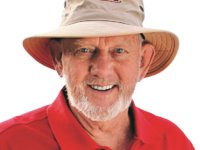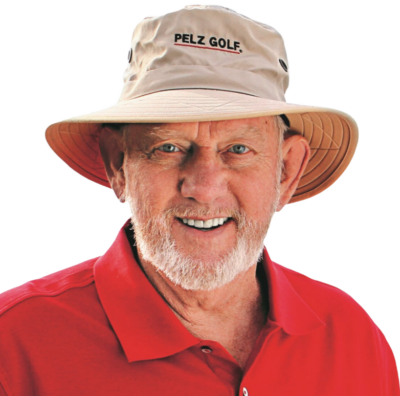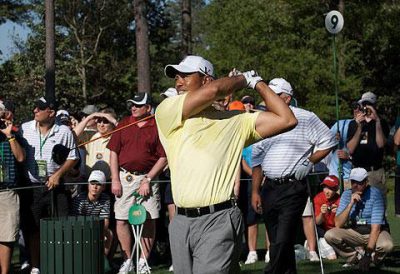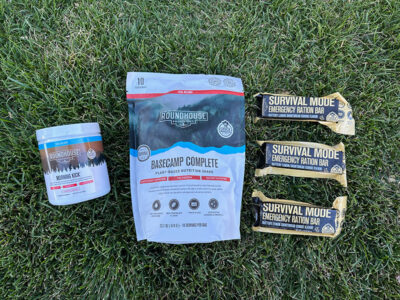Remembering Dave Pelz: The Scientist Who Taught Us to Score
Categories: Golf • Golf For Women • Golf Instruction • Instruction • Miscellaneous
 I woke up this morning to the sad news that Dave Pelz has passed away at the age of 85. For those of us who live and breathe golf—not just the Tour drama or gearhead lusting over the newest driver, but the nitty gritty of how the game is played—Pelz was one of the giants. He didn’t just think outside the box. He threw the box away and built a new one using laser calibration, high-speed cameras, and data long before “data-driven” was cool.
I woke up this morning to the sad news that Dave Pelz has passed away at the age of 85. For those of us who live and breathe golf—not just the Tour drama or gearhead lusting over the newest driver, but the nitty gritty of how the game is played—Pelz was one of the giants. He didn’t just think outside the box. He threw the box away and built a new one using laser calibration, high-speed cameras, and data long before “data-driven” was cool.
Pelz wasn’t your average short game guru. He was a NASA guy—literally. A rocket scientist who left the space program to study why golfers miss shots. Most of us blame our putter, a bad lie, or Mercury in retrograde. Pelz blamed the numbers. And then he backed it up with research that changed the way pros and amateurs think about the game, especially inside 100 yards.
His discovery that nearly 80% of shots lost to par happen in the short game wasn’t just a cute stat. It was the cornerstone of an entire career. One that helped players like Phil Mickelson and Tom Kite sharpen their wedge play and win majors. One that gave us books like The Short Game Bible and Putting Bible—staples in my golf bookshelf, dog-eared and annotated. And one that gave birth to a slew of training aids and coaching methods that are still in use on practice greens across the world.
Let’s be honest: the man was a tinkerer’s hero. His backyard golf lab in Texas had replicas of Augusta’s 12th and the island green at Sawgrass. Who does that? Dave Pelz does. While most of us dream about breaking 80, Pelz dreamt of how to make putting a science. He wanted to quantify feel. And he got closer than anyone ever has.
I think what I appreciated most about Pelz was that he didn’t just serve the Tour elite. His Scoring Game Schools were open to the rest of us—the weekend warriors, the mid-cappers who three-putt too much, the obsessed hobbyists who want to stop chunking half-wedges. He never lost sight of the fact that golf is a maddening game for all of us, not just the ones cashing checks on Sunday.
He also never stopped learning. Never stopped building, measuring, and refining. Even in the final weeks of his life, Pelz was still working in his lab, still trying to make sense of a game that resists sense at every turn.
Dave Pelz didn’t just teach us how to score. He taught us why we score, and how to do it better. That kind of legacy doesn’t fade away. It rolls on, putt by putt, wedge by wedge, in every golfer who ever asked, “Why did that shot go there?” and actually cared enough to find out.
Fairways and greens, Dave. And a one-putt on 18.


















Leave a Reply
You must be logged in to post a comment.